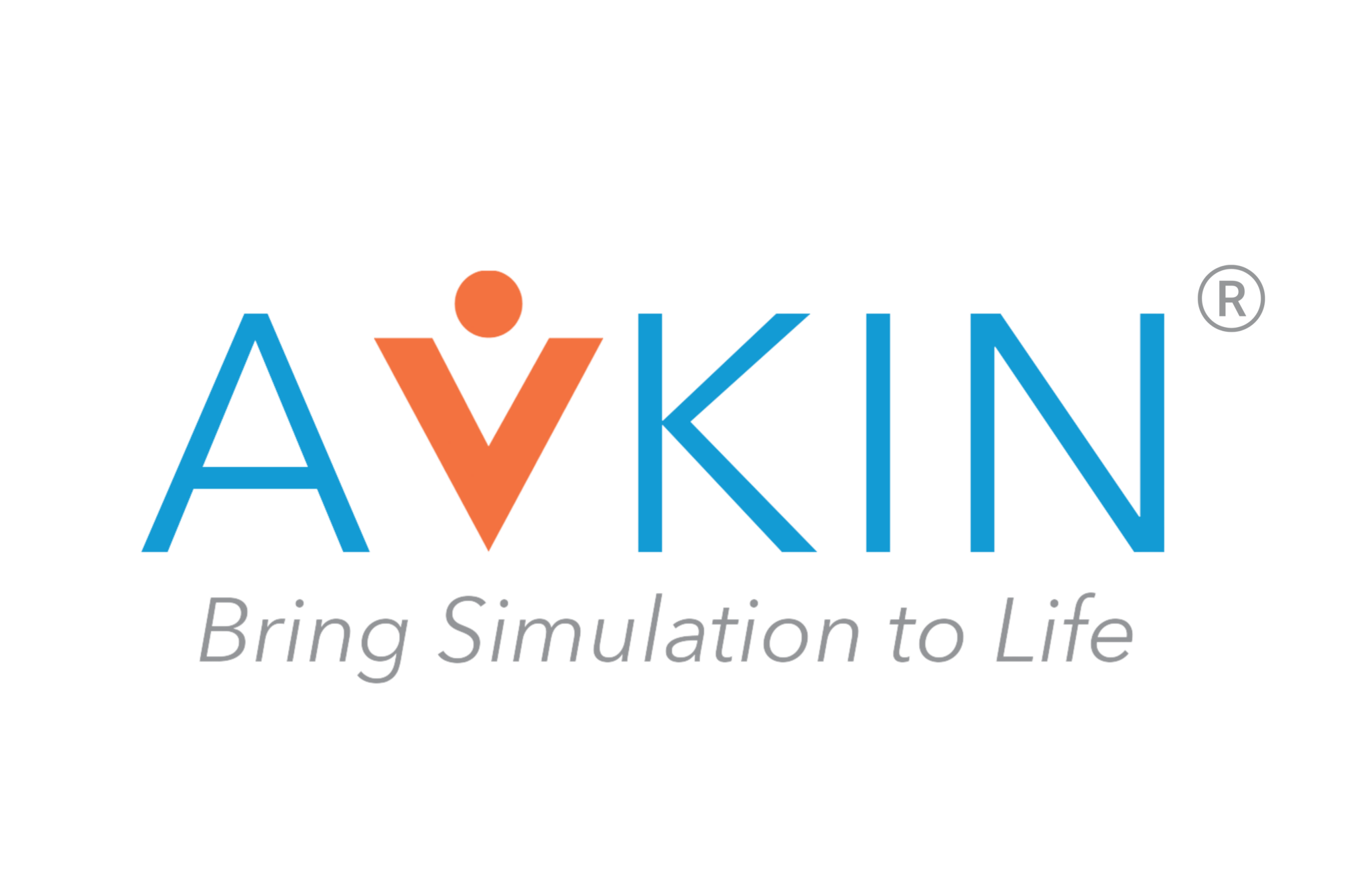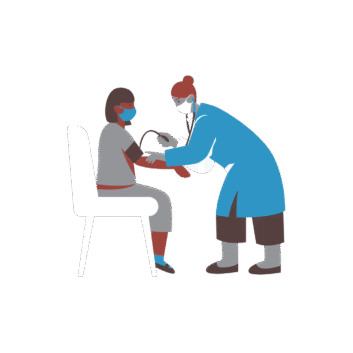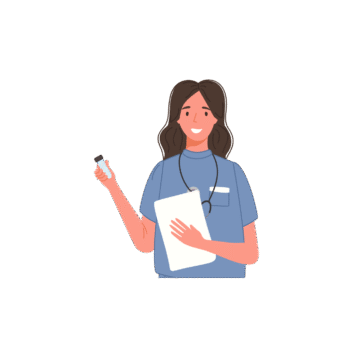Keynotes
Presentations that inspire and spur change.
The Old Rules Of Simulation No Longer Apply!
“When you use manikins in simulation you miss crucial elements of communication, empathy, and diversity“
“Our students know how to work with technology, they don’t know how to communicate with real people and they need practice.“
-Amy Cowperthwait CEO, RN, MSN, CHSE-A
The Old Rules Of Simulation No Longer Apply!
“When you use manikins in simulation you miss crucial elements of communication, empathy, and diversity“
“Our students know how to work with technology, they don’t know how to communicate with real people and they need practice.“
-Amy Cowperthwait CEO, RN, MSN, CHSE-A
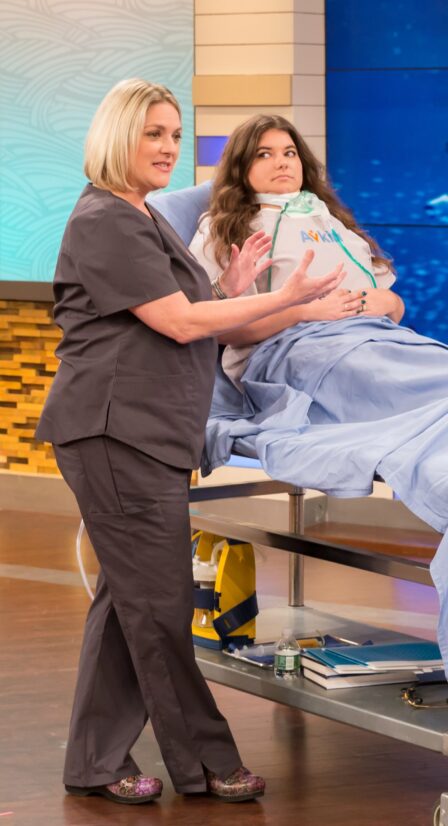
Amy Cowperthwait’s Beginning
I came from the ER into the simulation lab. After being told I was responsible for setting up the curriculum and a quick Google search informed just how much my job was going to entail. I was the person in the early 00’s getting manikins out of the box and programming my scenarios.
I was in the middle of a code blue scenario and the students were performing CPR on that manikin. I called the code overhead and I watched my student smack her hands down on the chest of the manikin and say “that’s it, your dead I’m done.” I watch in horror from the control room thinking that is someone’s husband, dad, that is a federal offense hitting a corpse. It occurred to me that they are not equating these manikins with human life.
I have then spent my time working to bring simulation to life by incorporating crucial objectives like communication, empathy, and diversity.
Amy Cowperthwait

Amy Cowperthwait’s Beginning
I came from the ER into the simulation lab. After being told I was responsible for setting up the curriculum and a quick Google search informed just how much my job was going to entail. I was the person in the early 00’s getting manikins out of the box and programming my scenarios.
I was in the middle of a code blue scenario and the students were performing CPR on that manikin. I called the code overhead and I watched my student smack her hands down on the chest of the manikin and say “that’s it, your dead I’m done.” I watch in horror from the control room thinking that is someone’s husband, dad, that is a federal offense hitting a corpse. It occurred to me that they are not equating these manikins with human life.
I have then spent my time working to bring simulation to life by incorporating crucial objectives like communication, empathy, and diversity.
Amy Cowperthwait
Subject Matter Expert
Subject Matter Expert



TOPICS
BEST PRACTICES FOR STARTING AN AFFORDABLE STANDARDIZED PATIENT PROGRAM
It is easier than you think…
Research on standardized patient (SP) simulation shows that there is an improved benefit to learning outcomes, and learners prefer this methodology over manikin based learning. Because SP simulation provides the optimal psychological fidelity, this methodology also provides the most psychological safety for the learners. There is significant momentum to integrate SP methodology across health professions education. Many simulationists report they are not satisfied with the status quo of mankin bases simulation and have begun building an SP program but lack the necessary resources to scale the program to support the teaching and learning needs of their students. By sharing research and evaluating best practice strategies, Amy will draw on her experiences in building an SP program from the ground up in the midst of the recession of 2008.
Stimulating change when you aren’t in the position of authority
Simulation education is recognized as innovative, collaborative, and cutting edge. With the rapid adoption of simulation education in both academic and clinical environments early in the 21st Century, many institutions were remiss on establishing the hierarchy and resources needed to support a robust program. By our very nature, simulationists embrace change, adapt easily to emerging research, and integrate the resulting best practices. The challenge is how to provide the necessary leadership to create a thriving program without the title or budget to do so. Amy will draw on insight from the past, analyze the current trends in simulation education, and challenge the audience to explore the possibilities into the future.
TEACHING DIVERSITY, EQUITY, AND INCLUSION WHEN YOU DO NOT FIT THE DEMOGRAPHIC
Answering the call for change
Diversity, equity, and inclusion have been a topic of discussion in both academia and clinical practice since the 2002 National Academies and Institute of Medicine report on health disparity. The report documented significant differences in the delivery of care by race and called for sweeping reform. The challenge for educators is identifying the best way to teach aspiring healthcare providers to interact with diverse patients who have been marginalized in the past, acknowledge and validate their patient’s experiences, and recognize how the patient’s past experiences impact their interaction with providers today. As a middle class, caucasion female Amy was torn. She knew her learners needed to be exposed to diverse patients and begin to understand the impact of culture on health in a safe learning environment. She will share how she was able to overcome the limitations with the LEARN Framework and let the ‘patient’ speak from their own mental model to reinforce the learning objectives.
Why is it different?
The convenience of hand held electronics and international database searches at your fingertips provides significant global benefits. However, the unanticipated repercussions are being felt by Next Gen nurses entering the workforce. As a whole, many Next-gen’s are choosing a career in healthcare because they want their professional careers to make a positive impact on the world. However, research shows that they are much more comfortable interacting with technology than close relationships and human connection. This shift causes them to feel inadequate as they enter the workforce. Next-gen’s are faced with a whole new set of challenges. Not only do they need to develop confidence with their clinical judgment and psychomotor skills, they are ill prepared to provide the level of caring and compassion needed to be present with their patients in their times of greatest need. For this reason, the pool of Next-gen providers are leaving the profession at alarming rates citing compassion fatigue, burnout, mental health concerns and lack of preparation as one of the primary reasons for leaving the profession. In response, the healthcare industry is working hard to identify new strategies to retain its workforce. New educational strategies with standardized patients can simultaneously prepare the Next-gen workforce for therapeutic interventions, patient-centered communication, critical thinking, skills mastery, and patient advocacy. Amy will share how a few modifications to your institution’s simulation education strategy will meet the teaching and learning needs for all generations of learners, equipping them with the knowledge, skills, and attitudes they desperately need to confidently provide compassionate, connected bedside care.
Testimonial

We have better resources and technology than we did in the early 2000s and now we can use Avkin’s wearable simulators with live people which outweighs the current manikin technology.



It is refreshing to work with a company so committed to supporting the integration of products and the success of students, they don't leave you after the sale!



Avkin has put much thought and energy into diverse skin tones for their wearable simulators. The skin tones are a good representation of diverse patient populations for all types of simulation learning.



The possibilities are endless with what you have. Your product line is fantastic. If you are outfitting from scratch, far more value for your money to have these products than something that tells you end-tidal CO2, just my thoughts.

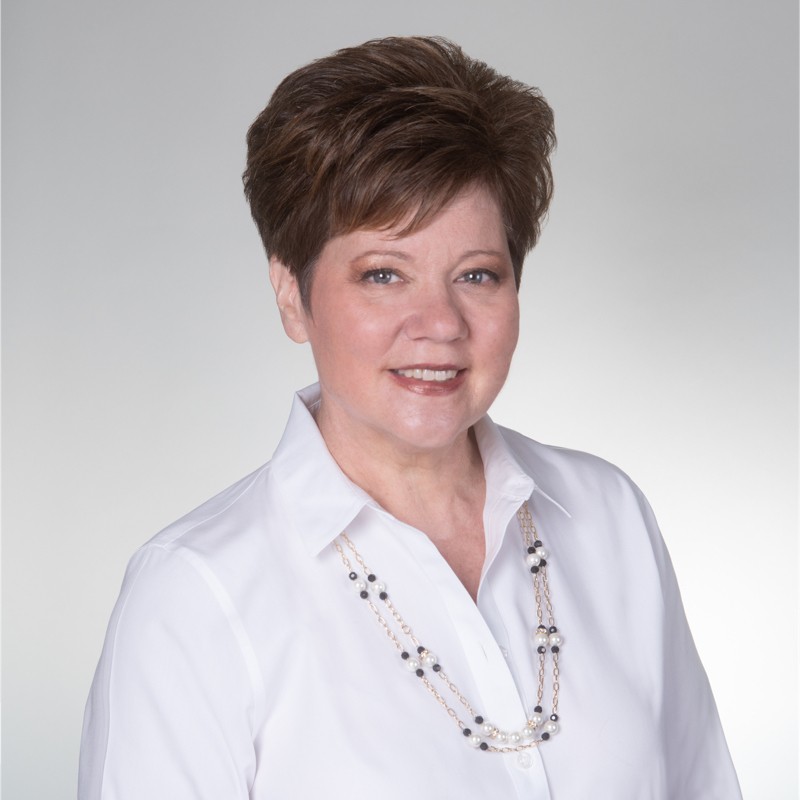

This product solves the problem that a lot of us have in simulation. When you practice on a piece of plastic, it’s just not the same experience for the student.



The creativity and realism of these products will immerse the healthcare learner more deeply in simulation education, ultimately improving patient safety.



I really cannot speak enough about how these products are improving my student’s theory application in the clinical environment and the improvement my students have shown with their skills dexterity.


